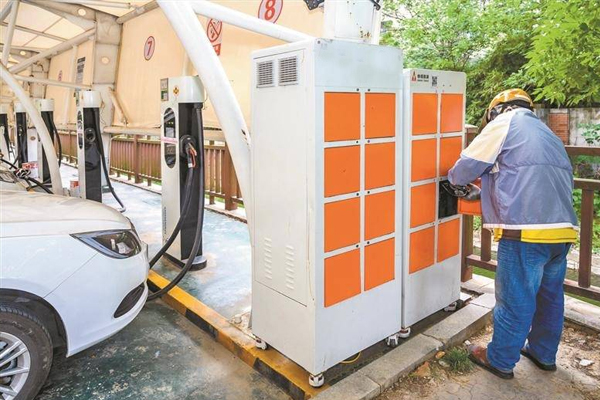What are the tolerance standards for sheet metal processing?
Sheet metal processing is the most commonly used metal processing method at present. In the process of parts processing, due to the influence of various factors such as machining accuracy of mechanical equipment, mold wear, machining error, etc., the size of the produced sheet metal parts cannot be absolutely accurate. In order to ensure the usability of the workpiece, we must limit the tolerance of the sheet metal workpiece to the minimum. What are the common tolerance standards in sheet metal processing? How should it be marked?
Today, I will share it with you.
Sheet metal processing Tolerance standard for sheet metal processing
1. The basic dimensions are determined in the design according to the strength and structural requirements of the parts. Standard diameter or length shall be preferred.
2. The dimension obtained by measurement.
3. Limit size Two thresholds for allowed size changes. It is based on basic size. The larger of the two limit values is called the maximum limit size; The smaller is called the minimum limit size.
4. Dimension deviation (deviation for short) is the algebraic difference obtained by subtracting the basic dimension of a certain dimension. The dimension deviation is as follows: upper limit of deviation=maximum limit dimension - basic dimension. Lower limit of deviation=minimum limit size - the upper and lower deviation of the basic size can be called the limit deviation. The upper and lower deviation can be positive, negative or zero. According to the national standard, the upper deviation code of the hole is ES, the lower deviation code is EI, the upper deviation code of the shaft is ES, and the lower deviation code of the shaft is EI. Sheet metal processing outer frame
5. Dimensional tolerance (tolerance for short) allows the variation of dimension. Dimension tolerance=maximum limit dimension - minimum limit dimension=upper deviation - lower deviation Since the maximum limit dimension is always greater than the minimum limit dimension, that is, the upper deviation is always greater than the lower deviation, the dimension tolerance must be positive.
6. Standard tolerance and standard tolerance class Standard tolerance is any tolerance listed in the national standard to determine the size of the tolerance zone. The standard tolerance level is the level to determine the accuracy of dimensions. The standard tolerance is divided into 20 grades, namely, IT01, IT0, IT1, IT-18, which represent the standard tolerance, and Arabic numerals represent the standard tolerance grades, of which IT01 is the highest, and the grades are decreased in turn, and IT18 is the lowest. For a certain basic dimension, the higher the standard tolerance level, the smaller the standard tolerance value, and the higher the accuracy of the dimension.
7. The basic deviation is used to determine the upper and lower deviation of the tolerance zone from the zero line. Generally refers to the deviation near the zero line
8. The shaft tolerance code and standard tolerance class code are composed of two parts and written with the same number. Sheet metal processing support
-
 Company News 2023-01-02What are the tolerance standards for sheet metal processing?
Company News 2023-01-02What are the tolerance standards for sheet metal processing? -
 Company News 2022-11-29What is DC charging pile? Difference from AC charging pile
Company News 2022-11-29What is DC charging pile? Difference from AC charging pile -
 Company News 2022-11-29Precautions for placing the power exchange cabinet
Company News 2022-11-29Precautions for placing the power exchange cabinet -
 Company News 2022-11-29Advantages of unified battery model in the power exchange cabinet
Company News 2022-11-29Advantages of unified battery model in the power exchange cabinet
